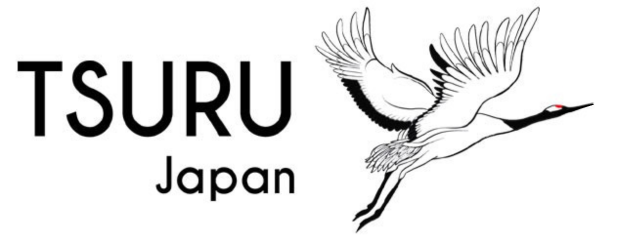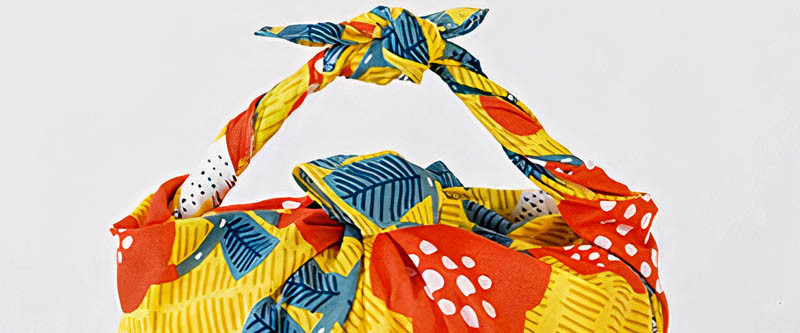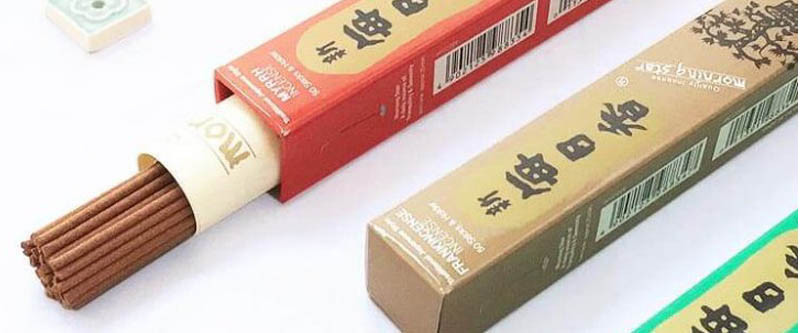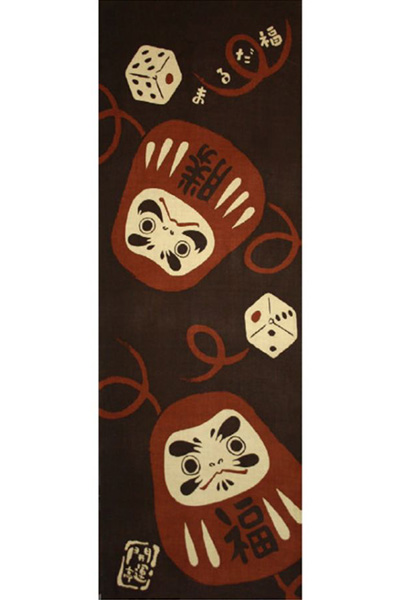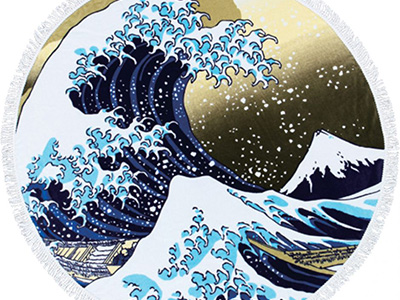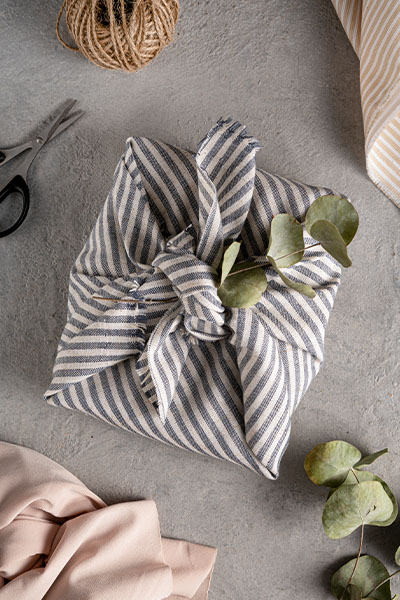Our Japanese fabrics
Japan is renowned for its rich cultural heritage, and its textiles are no exception. Japanese fabrics are appreciated the world over for their beauty, quality and fascinating history.
Tenugui are versatile and elegant Japanese fabrics. They are often used as towels, bandanas, tablecloths or wall decorations. Tenugui are generally made from light, absorbent cotton, making them ideal for everyday use. These fabrics are often decorated with traditional motifs such as landscapes, flowers, animals or Japanese symbols. Tenugui can also be dyed using special techniques, such as hand-dyeing or the use of stencils, to create unique, artistic patterns.
Japanese household linen is renowned for its simplicity, elegance and functionality. The fabrics used to make linens are often of the highest quality, with a texture that's pleasant to the touch. Kimonos, for example, are traditional Japanese garments that are often reused to make cushion covers, blankets or curtains. These fabrics can be adorned with delicate motifs such as cherry blossoms, waves or geometric patterns.
Furoshiki is a traditional Japanese wrapping technique using a square of fabric. The fabrics used for Furoshiki are generally durable and resistant, enabling them to support the weight of the objects packed. These fabrics can be made of cotton, silk or hemp, and are often decorated with traditional motifs. Furoshiki is used to wrap a variety of objects, such as gifts, bento boxes, clothing or even wine bottles. This ecological and aesthetic practice has become popular the world over.
There are many other types of Japanese fabrics that are worth mentioning. For example, Nishijin-ori is a luxurious fabric used to make kimonos and obis (kimono belts). This fabric is often decorated with intricate patterns and threads of gold or silver. Yukata is another popular type of Japanese fabric, used to make light and comfortable summer clothing. Yukata is another popular type of Japanese fabric, used to make light and comfortable summer clothing. Yukata is often made of light cotton and features colourful patterns such as flowers, geometric patterns or patterns inspired by nature.
Another well-known Japanese fabric is Indigo, also called "Ai-zome". Indigo is a natural dye deeply rooted in Japanese tradition. This fabric is dyed with a special technique that gives the Indigo blue a unique and rich hue. Indigo fabrics are often used to make traditional garments such as kimonos or happi coats, as well as fashion accessories such as bags or slings.
Japanese fabrics are also known for their exceptional quality and craftsmanship. Many parts of Japan have their own unique weaving techniques and styles. For example, the Nishijin region of Kyoto is famous for its luxurious silk fabrics used in the manufacture of high-end kimonos. The Kiryu region in Gunma is also famous for its high-quality silk and cotton fabrics.
